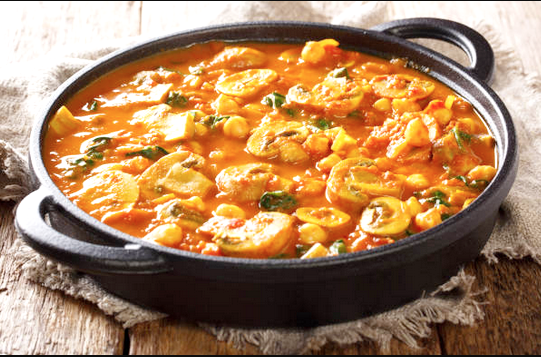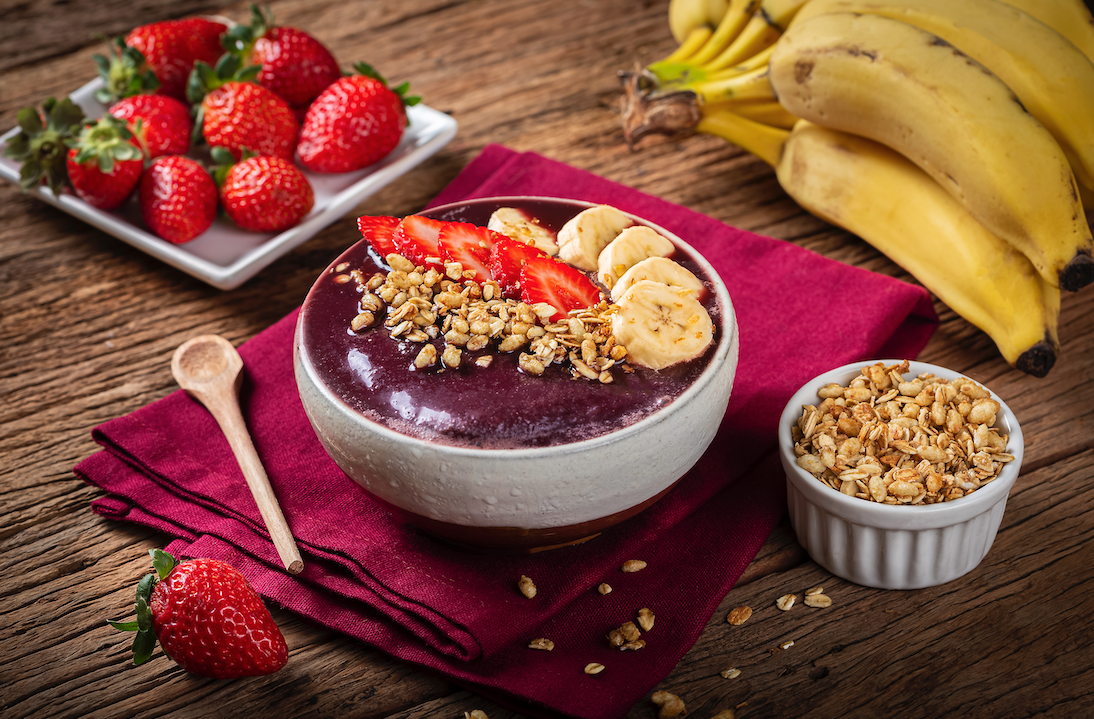
European Mistletoe
European mistletoe is different from American mistletoe. The berry, leaf, and stem are used as medicine. American mistletoe is used as a holiday decoration. European mistletoe extracts are even given by injection are sold as prescription drugs.
Usage
Cancer
There have been clinical trials of European mistletoe for some types of cancer, mostly in Europe. European mistletoe is the most widely studied complementary and alternative cancer therapies and is commonly prescribed to people with cancer in some European countries. Scientific evidence to support these uses is limited.

Traditional Therapy
Traditionally, European mistletoe has been used for treating mental and physical exhaustion; reducing the side effects of chemotherapy and radiation and for treating asthma, dizziness, diarrhea as well as liver and gallbladder conditions.
How to add European Mistletoe to your diet?
Make a Tea
Tea has a pleasant, non-bitter taste. Consume no more than 1-2 cups per day.
Supplement
Comes in the form of a liquid extract, capsule, and powder.
The Druids (high-ranking members of the class in ancient Celtic cultures) were welcome the New Year with mistletoe.
Hippocrates also mentions it as an extremely effective remedy against dizziness and epilepsy.
In the Middle Ages, mistletoe was used for heart disease and against bleeding.
Greeks believe that Mistletoe has mystical powers.
About
Mistletoe (lat. Viscum album) is a small evergreen shrub that grows on trees as a semi-parasitic plant. The branches are divided and carry opposite oblong leaves. The flowers are unisexual, small, and yellowish, while the fruits are white berries and contain a sticky juice.
Science
There have been clinical trials of European mistletoe for cancer, mostly in Europe.
Experimental studies on animals did confirm that mistletoe extract affects the immune system in terms of killing some types of cancer cells; there is little evidence of its benefit to people.
People can become seriously ill from eating the berries, as European mistletoe contains a toxic substance called lectin viscumin, a cytotoxic protein that binds to the cell surface and may be internalised by endocytosis. Viscumin strongly inhibits protein synthesis and therefore restrains essential biochemical processes.
Some bird species are immune to toxicity, and mistletoe is a part of their regular diet. According to recent studies, mistletoe could act through the regulation of various metabolic pathways, but pharmacological activities have been investigated mainly for crude extracts.
Safety
This poisonous plant is a cure in small quantities, but its raw use without consultation is not recommended.
European mistletoe must not be used during pregnancy and breastfeeding, in patients with HIV infection (AIDS), tuberculosis, or thyroid damage. It should be used with great caution in elderly patients (over 65 years of age). It should never be applied without consulting an expert because of its toxic content.
Mistletoe should not be used at the same time as iron preparations, because it can reduce the effect of iron supplements. Side effects that have been reported: a sudden drop in blood pressure when suddenly getting up from a lying position to an upright position (so-called orthostatic hypotension), fever, headache, allergies, and others.
Fun Facts
In the Christian religion, the hanging mistletoe protects the house from lightning or fire.
Sources
Steele, M. L., Axtner, J., Happe, A., Kröz, M., Matthes, H., & Schad, F. (2015). Use and safety of intratumoral application of European mistletoe (Viscum album L) preparations in oncology. Integrative cancer therapies, 14(2), 140-148.
de Giorgio, A., & Stebbing, J. (2013). Mistletoe: for cancer or just for Christmas?. The Lancet Oncology, 14(13), 1264-1265.



